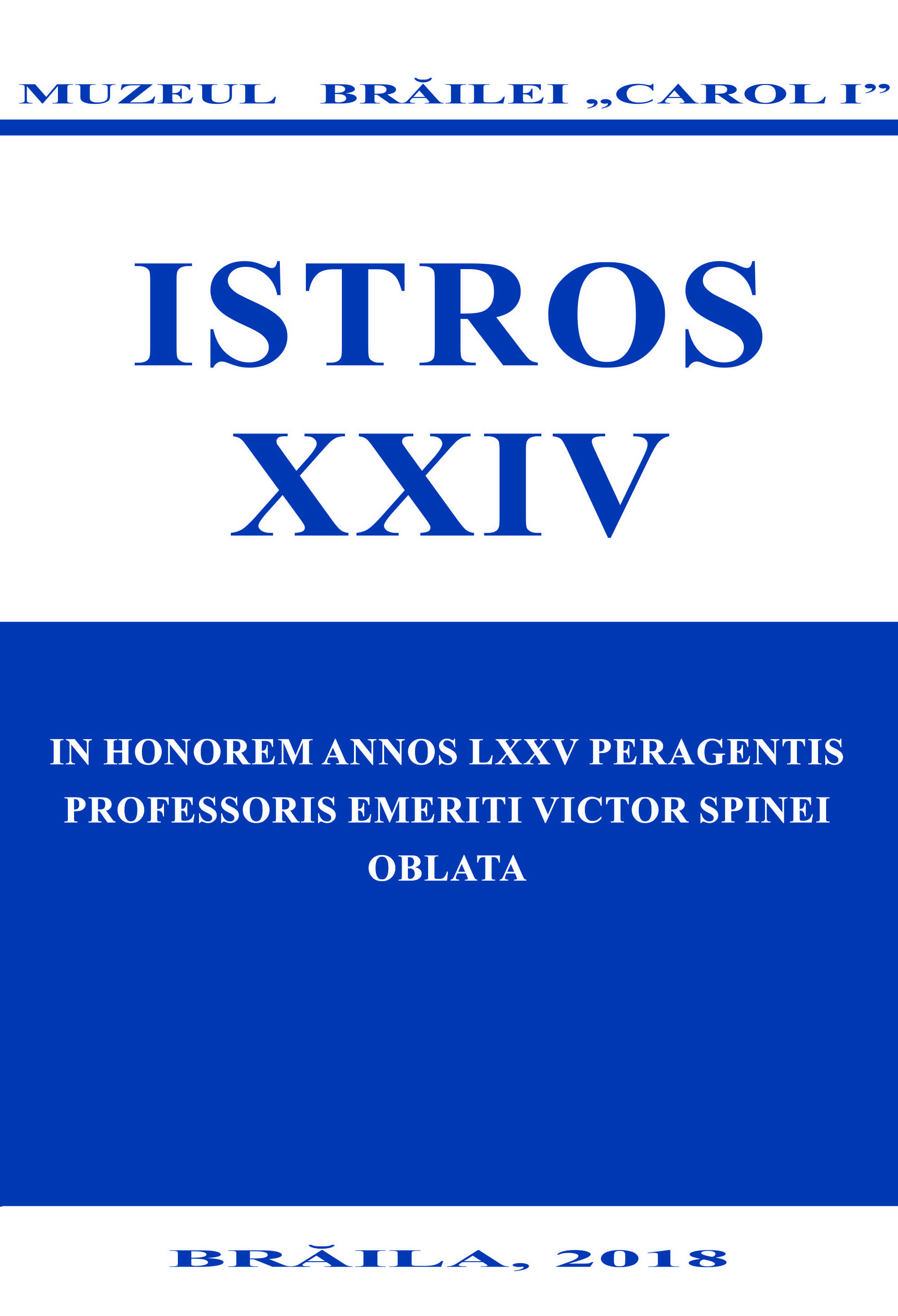Evaluarea resurselor animale utilizate în cetatea geto-dacică de la Piscul Crăsani (jud. Ialomița), secole II-I î.Hr.: noi date arheozoologice
Evaluation Of The Animal Resources Used In The Geto-Dacian Fortress At Piscul Crăsani (Ialomiţa County), New Archaeozoological Data
Author(s): Alexandra Cabat, Daniel Malaxa, Valeriu Sîrbu, Luminiţa Bejenaru, Simina Margareta StancSubject(s): History, Archaeology
Published by: EDITURA ISTROS A MUZEULUI BRĂILEI „CAROL I”
Keywords: Geto-Dacian residential center; paleoeconomy; archaeozoology; animal husbandry; hunting;
Summary/Abstract: Piscul Crăsani site is being researched for a century and a half. Since 1870 Cezar Bolliac sent D. Butculescu to make excavations in this place, the results being noticed to the general public. Professional archaeological investigations were made only after 1920’s when, in 1923, Ioan Andrieşescu at the request of Vasile Pârvan undertook excavations in this site, led by immediate publication of results, which was one of the first valuable scientific monographs from Romania.The results of the excavations made at Piscul Crăsani were also a serious documentary base for Vasile Pârvan’s Getica (1926, p. 173-219). After this period, for several decades the site entered in an obscurity phase in which only some discoveries or information were published. Systematic excavation was restarted in 1969 being continued with few interruptions until 1987, and later from 20111. Although the results of the archaeological excavations were notable there is still no monographic publication of the site. Niculae Conovici published several valuable studies concerning certain categories of materials, such as anthropomorphic figurines, relief decorated bowls, coins and materials with cultural significance.The first archaeological studies for this site were made by M. Şt. Udrescu, who published data on animal husbandry and hunting in 1985.The archaeozoological samples collected from Crăsanii de Jos-Piscul Crăsani site during the archaeological campaigns in the period 2011-2013 contain faunal remains, mainly from mammals, but also from molluscs, fish andbirds. Among the mammals, the domestics have the largest proportion; the identified domestic species are: Bos taurus, Ovis aries, Capra hircus, Sus domesticus, Equus caballus, Canis familiaris. The highest proportion belongs to the cattle, followed by sheep/goat and pig. Wild mammals are not very well represented in the sample; four species were identified: Cervus elaphus, Sus scrofa, Capreolus capreolus and Lepus europaeus; the red deer and wild boar have the largest frequency in the wild mammal group.
Journal: ISTROS
- Issue Year: XXIV/2018
- Issue No: XXIV
- Page Range: 201-217
- Page Count: 17
- Language: English, Romanian
- Content File-PDF

